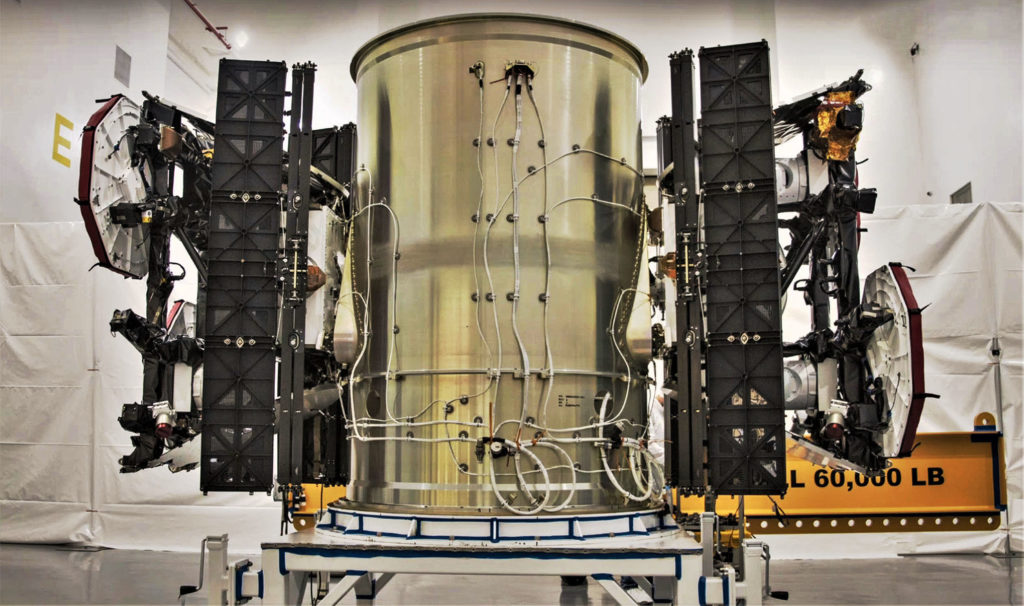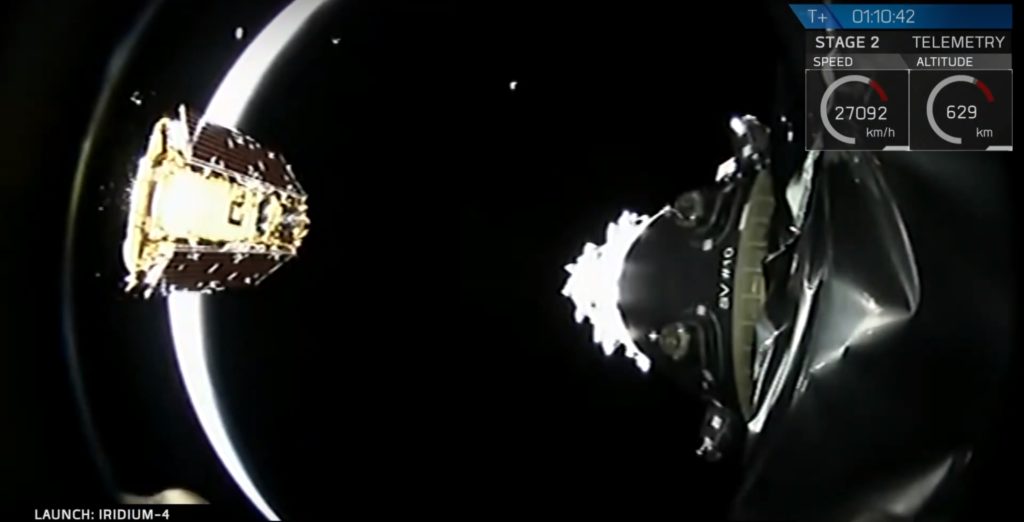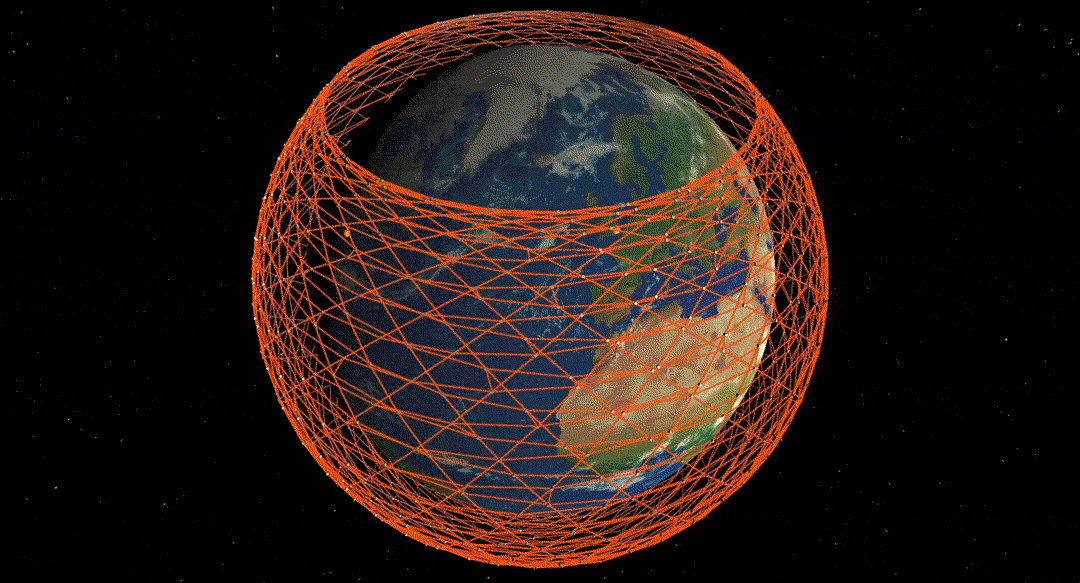
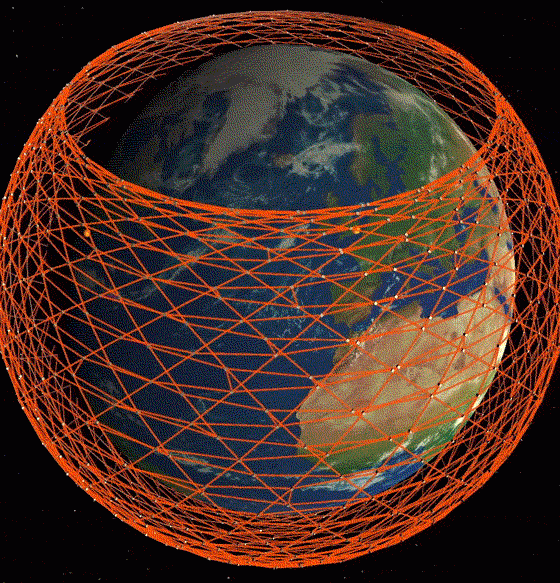
News
SpaceX’s Starlink internet constellation deemed ‘a license to print money’
According to a draft paper written by networking researcher and professor Mark Handley, SpaceX’s Starlink internet satellite constellation has the potential to significantly disrupt the global networking economy and infrastructure and do so with as little as a third of the initial proposal’s 4425 satellites in orbit.
A step or so further, Dr. Handley (according to a University College London colleague) suspects that a network like that proposed by SpaceX could rapidly become “a license to print money” thanks to the tangible benefits it would provide financial institutions and banks – as of today, shaving mere milliseconds off of communications latency can be a serious competitive advantage for traders.
The three LEO constellation planes (not including the seven thousand VLEO in the latest filing) pic.twitter.com/btX0pLQAzc
— Andrew Moore (@awm22) September 25, 2018
Asked to condense his argument into a few sentences, Dr. Handley’s colleague (Reddit /u/davoloid) described his excitement as such.
A Professor in Computer Science [Mark Handley] who specializes in how networks work has done a simulation of Starlink based on the available information. It will make long distance links very fast, as in, a short delay in sending a message, which we call latency. That’s very important to banks and similar companies, who always want to have the fastest information. They pay a lot of money to create networks, often private ones rather than through regular commercial providers. Even with the first phase of 1600 satellites, there will be big revenues for SpaceX.” – Reddit /u/davoloid, 11/2/18
- SpaceX’s first two Starlink prototype satellites are pictured here before their inaugural launch, showing off a thoroughly utilitarian bus and several advanced components. (SpaceX)
- A beautiful string of Iridium NEXT satellites deployed into the sunrise. (SpaceX)
Judging from the recent past of a practice known as High-Frequency Trading (HFT), where algorithms take over trading in financial markets and operate at speeds on the order of trades per millisecond, the highly volatile industry has already reached its conclusion. This is to say that HFT went from a wildly disruptive and lucrative technological advantage to a fundamental part of the world’s ever-changing financial infrastructure in just a few decades.
“The story about [HFT] is done. It’s a mature industry now, as much an embedded feature of our society as mutual funds or the income tax.” – Tim Worstall, 2017
“HFTs are still involved in the speed race and sometimes even race to pick off their market maker brethren. While it may be more expensive and more competitive today for HFT to pick off the slow traders, make no mistake, they have not gone away.” – Themis Trading, 2018
Much like electricity, the internet, and railroads went from kings of profit to marginal and tedious enterprises, it seems that HFT has gone from a nascent and fickle technology to a basic component of global infrastructure. As such, it is in no way, shape, or form “dead”. Just like step-change advancements in technology have forced service-based companies to upgrade or die, it seems that the availability of Starlink (or any comparable interconnected internet constellation) will create a massive imbalance between financial institutions that adopt early and those that do not or cannot.
If that ends up being the case, there will undoubtedly be an extraordinary surge in competitive financial infrastructure investment, with institutions desperately pursuing new ways to remain competitive (leveling the playing field vs. a shortcut to the front). Dr. Handley’s draft paper, accompanying video, and colleague’s clear excitement about the possibilities demonstrate (at least theoretically) that even just the first third (37%) of SpaceX’s preliminary 4425 satellite Starlink constellation would exhibit dramatic latency improvements between most conceivable access points.

The first step’s first step
With all 4425 satellites in place, the benefits approach or even surpass theoretical best-case statistics for literal straight-line fiber optic cables. Of course, SpaceX’s true proposal includes yet another 7520 very low Earth orbit (VLEO) Starlink satellites (~350 km) that would more than double the bandwidth available while potentially cutting another huge chunk out of the already unsurpassable latency performance of LEO Starlink (~1100-1300 km).
Of course, a massive amount of work remains before SpaceX before any of the above futures can or are even technically able to come to fruition. Aside from regulatory difficulties and concerns about space debris from a potential ~12,000+ new satellites, SpaceX will have to go one or even two magnitudes beyond what the status quo of satellite manufacturing believes is achievable, mass producing and launching satellites in volumes that will dwarf anything undertaken in the history of spaceflight. Still, if anyone is going to accomplish such an extraordinary feat, one would be hard-pressed to find a better bet than SpaceX.
Watch an animation of Starlink created by Dr. Mark Handley here.
For prompt updates, on-the-ground perspectives, and unique glimpses of SpaceX’s rocket recovery fleet check out our brand new LaunchPad and LandingZone newsletters!

Elon Musk
Starlink achieves major milestones in 2025 progress report
Starlink wrapped up 2025 with impressive growth, adding more than 4.6 million new active customers and expanding service to 35 additional countries, territories, and markets.

Starlink wrapped up 2025 with impressive growth, adding more than 4.6 million new active customers and expanding service to 35 additional countries, territories, and markets. The company also completed deployment of its first-generation Direct to Cell constellation, launching over 650 satellites in just 18 months to enable cellular connectivity.
SpaceX highlighted Starlink’s impressive 2025 progress in an extensive report.
Key achievements from Starlink’s 2025 Progress
Starlink connected over 4.6 million new customers with high-speed internet while bringing service to 35 more regions worldwide in 2025. Starlink is now connecting 9.2 million people worldwide. The service achieved this just weeks after hitting its 8 million customer milestone.
Starlink is now available in 155 markets, including areas that are unreachable by traditional ISPs. As per SpaceX, Starlink has also provided over 21 million airline passengers and 20 million cruise passengers with reliable high-speed internet connectivity during their travels.
Starlink Direct to Cell
Starlink’s Direct to Cell constellation, more than 650 satellites strong, has already connected over 12 million people at least once, marking a breakthrough in global mobile coverage.
Starlink Direct to Cell is currently rolled out to 22 countries and 6 continents, with over 6 million monthly customers. Starlink Direct to Cell also has 27 MNO partners to date.
“This year, SpaceX completed deployment of the first generation of the Starlink Direct to Cell constellation, with more than 650 satellites launched to low-Earth orbit in just 18 months. Starlink Direct to Cell has connected more than 12 million people, and counting, at least once, providing life-saving connectivity when people need it most,” SpaceX wrote.
News
Tesla Giga Nevada celebrates production of 6 millionth drive unit
To celebrate the milestone, the Giga Nevada team gathered for a celebratory group photo.
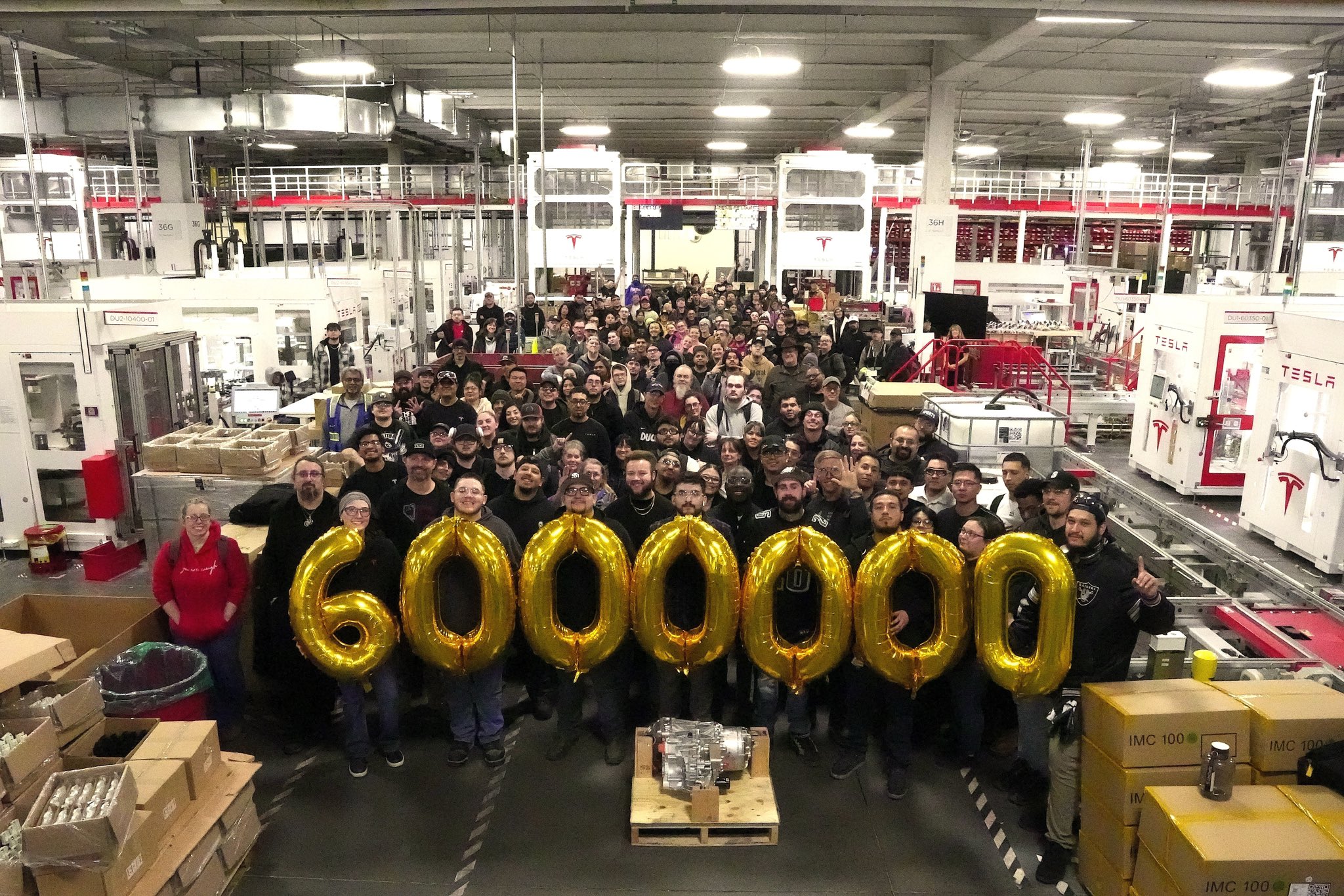
Tesla’s Giga Nevada has reached an impressive milestone, producing its 6 millionth drive unit as 2925 came to a close.
To celebrate the milestone, the Giga Nevada team gathered for a celebratory group photo.
6 million drive units
The achievement was shared by the official Tesla Manufacturing account on social media platform X. “Congratulations to the Giga Nevada team for producing their 6 millionth Drive Unit!” Tesla wrote.
The photo showed numerous factory workers assembled on the production floor, proudly holding golden balloons that spelled out “6000000″ in front of drive unit assembly stations. Elon Musk gave credit to the Giga Nevada team, writing, “Congrats on 6M drive units!” in a post on X.
Giga Nevada’s essential role
Giga Nevada produces drive units, battery packs, and energy products. The facility has been a cornerstone of Tesla’s scaling since opening, and it was the crucial facility that ultimately enabled Tesla to ramp the Model 3 and Model Y. Even today, it serves as Tesla’s core hub for battery and drivetrain components for vehicles that are produced in the United States.
Giga Nevada is expected to support Tesla’s ambitious 2026 targets, including the launch of vehicles like the Tesla Semi and the Cybercab. Tesla will have a very busy 2026, and based on Giga Nevada’s activities so far, it appears that the facility will be equally busy as well.
News
Tesla Supercharger network delivers record 6.7 TWh in 2025
The network now exceeds 75,000 stalls globally, and it supports even non-Tesla vehicles across several key markets.
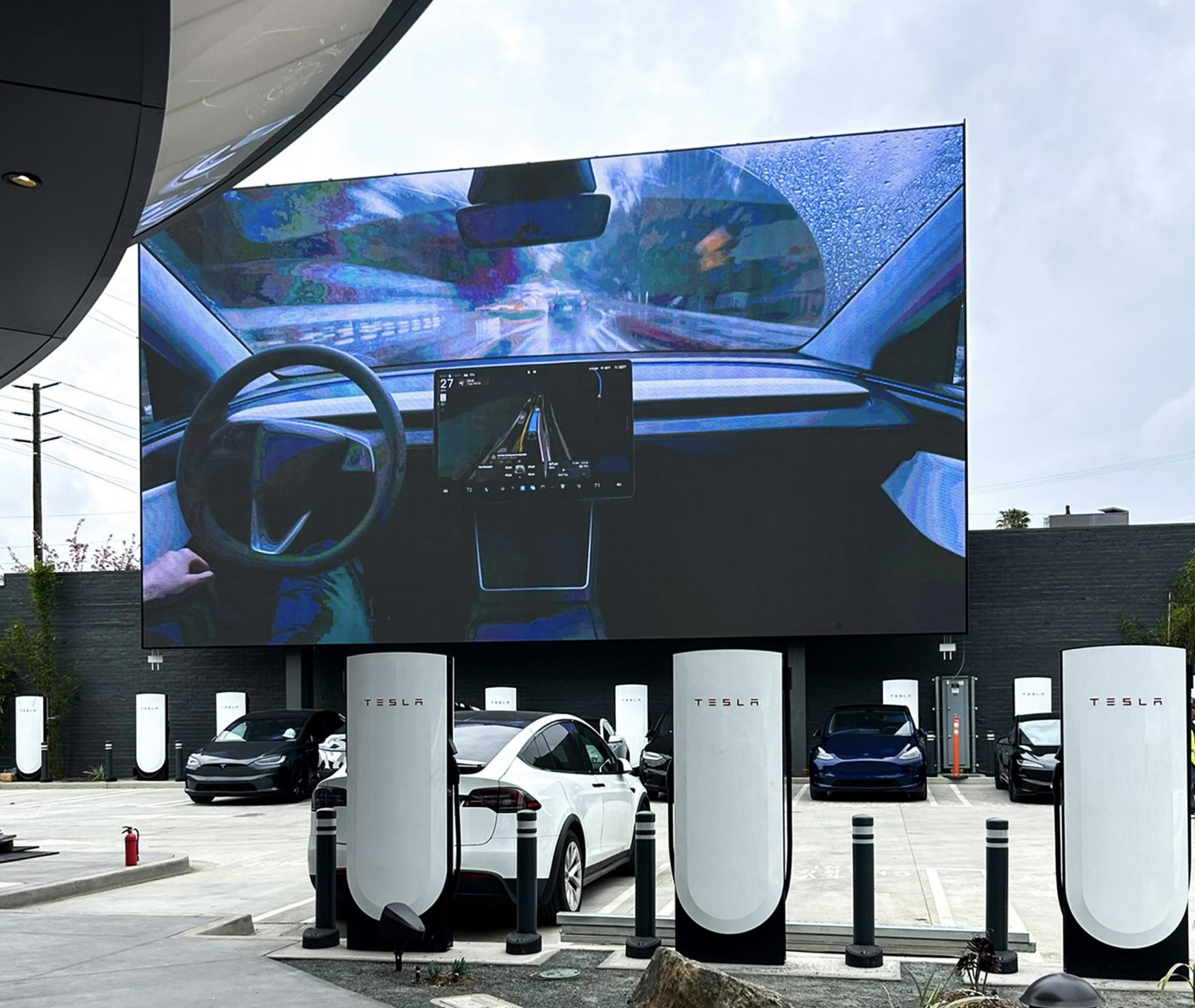
Tesla’s Supercharger Network had its biggest year ever in 2025, delivering a record 6.7 TWh of electricity to vehicles worldwide.
To celebrate its busy year, the official @TeslaCharging account shared an infographic showing the Supercharger Network’s growth from near-zero in 2012 to this year’s impressive milestone.
Record 6.7 TWh delivered in 2025
The bar chart shows steady Supercharger energy delivery increases since 2012. Based on the graphic, the Supercharger Network started small in the mid-2010s and accelerated sharply after 2019, when the Model 3 was going mainstream.
Each year from 2020 onward showed significantly more energy delivery, with 2025’s four quarters combining for the highest total yet at 6.7 TWh.
This energy powered millions of charging sessions across Tesla’s growing fleet of vehicles worldwide. The network now exceeds 75,000 stalls globally, and it supports even non-Tesla vehicles across several key markets. This makes the Supercharger Network loved not just by Tesla owners but EV drivers as a whole.
Resilience after Supercharger team changes
2025’s record energy delivery comes despite earlier 2024 layoffs on the Supercharger team, which sparked concerns about the system’s expansion pace. Max de Zegher, Tesla Director of Charging North America, also highlighted that “Outside China, Superchargers delivered more energy than all other fast chargers combined.”
Longtime Tesla owner and FSD tester Whole Mars Catalog noted the achievement as proof of continued momentum post-layoffs. At the time of the Supercharger team’s layoffs in 2024, numerous critics were claiming that Elon Musk was halting the network’s expansion altogether, and that the team only remained because the adults in the room convinced the juvenile CEO to relent.
Such a scenario, at least based on the graphic posted by the Tesla Charging team on X, seems highly implausible.
